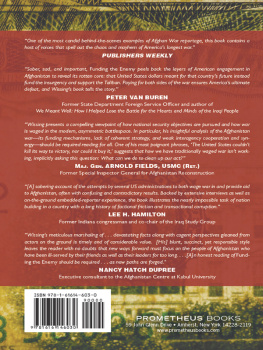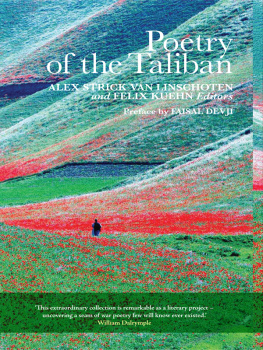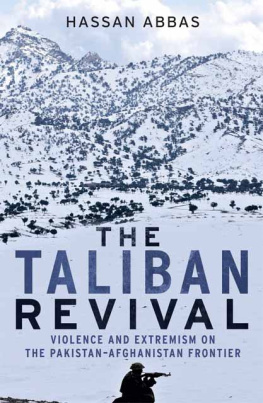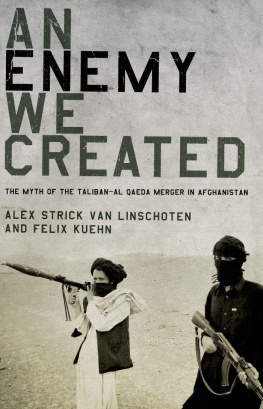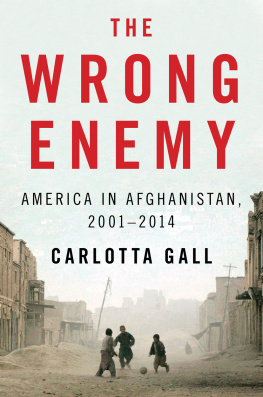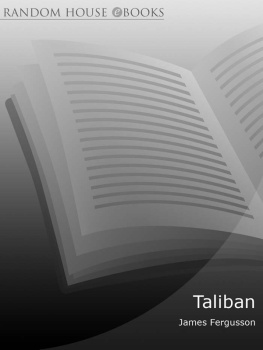Table of Contents
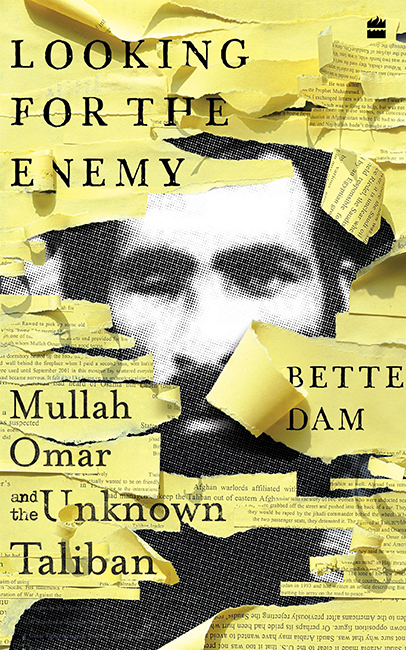

Explaining is not excusing; understanding is not forgiving.
Christopher Browning
(The Logic of Violence in Civil War, Stathis N. Kalyvas)
Ive always felt that it is impossible to engage properly with a place or a person without engaging with all of the stories of that place and that person. The consequence of the single story is this: It robs people of dignity. It makes our recognition of our equal humanity difficult. It emphasizes how we are different rather than how we are similar.
Chimamanda Ngozi Adichie, The Danger of a Single Story
Contents
The author would like to thank the following organizations for their financial help:

Fonds Bijzondere Journalistieke Projecten

Fonds Pascal de Croos voor Bijzondere Journalistieke Projecten

Norwegian Center for Conflict Resolution

W HEN this book first came out in Dutch in February 2019, the Islamic Republic of Afghanistan, with President Ashraf Ghani at the helm, was still in place. The U.S., keen to extricate itself from the Afghan war, had started formal negotiations with the Talibans political office in Doha. A year later, in February 2020, the two parties signed an agreement which allowed the U.S. to withdraw its troops by 2021 and which was meant to kick-start an intra-Afghan peace process.
It went differently. The peace process never took off and, throughout the summer of 2021, while U.S. presence dwindled, Afghan military forces gradually ceded the whole country to the Taliban, district by district and province by province sometimes after fierce battles but mostly through deals and surrenders. The government in Kabul, in the meantime, continued to behave as if this were only a temporary setback. Then on August 15, 2021, while the U.S. troops had not yet finalized their withdrawal, the Taliban entered Kabul and took over the government after the sudden departure of President Ghani.
The speed of the collapse of the Republic took everyone, including the Taliban, by surprise and they are now scrambling to transform their military movement into something resembling a government. It is unclear how this will go. In contrast to their previous reign, the Taliban currently have no clear center of gravity. Although they nominally have a leader Sheikh al-Hadith Hebatullah Akhundzadah, Mullah Omars latest successor the man has not been seen in public for years and is probably either sidelined or dead, as Mullah Omar had been before him.
With the Taliban back in power, the world is scrambling to figure out what their reign might look like. There have been striking parallels with how the movement tried to consolidate its previous regime in the 1990s most prominently the lack of clarity on issues like girls education and womens employment, the threat of violent reprisals, and a tendency towards harsh punishments. There are also clear divergences for instance, the heavy use of social media, videos and photography, and the push towards establishing uniformed security forces. But, although journalists and analysts have had all these years of international involvement to acquaint themselves more deeply and meaningfully with Afghanistan and its politics, much of the current reporting seems stuck in the 1990s as if we have collectively learned nothing.
This book is fuelled by a thinly veiled exasperation. Over how much the military, the policy establishment and the media have missed during the last twenty years. How the different frames the War on Terror, the state-building project, the counterinsurgency meant that what happened in Afghanistan was often only viewed and interpreted in relation to the international presence and, because of that, often misunderstood.
This book is also fuelled by curiosity. It tries to do something different: to understand Mullah Omar and his movement on their own terms and within their own context. And, in doing so, it tells a very Afghan story, from a vantage point that is rarely seen in the West.
Bette and I were regularly in touch during her years-long research, particularly towards the end when she was in Afghanistan pursuing a new lead, only weeks before the original Dutch edition of this book was scheduled to come out. New and promising contacts sounded like they could shed light on where and how Mullah Omar had spent the last years of his life. We discussed the details as a fascinating story emerged. We weighed the sources, going back and forth to see whether they were solid enough. When the book came out, this was the part that attracted most attention and pushback, as it ran counter to the main narrative and the related worldview and self-image that had been put forward by the Afghan government, the U.S. military and most of the Western media.
This book, though deeply researched, obviously does not claim to be the final word on what happened in Afghanistan, the Taliban as a movement, or even the life Mullah Omar. But it is one of the very few books on Afghanistan in which the author has taken the time to listen deeply and follow a thread until clarity emerged beyond what seemed known already. With the Taliban now embarking on a new era, this is an invaluable resource on their roots, their past dealings with the rest of the world, and how the people in their orbit view the events of the last few decades.
Martine van Bijlert
Co-founder of the Afghanistan Analysts Network,
Former political adviser to the EU Special Representative for Afghanistan
October 2021

T HE air is still humid with the morning dew as I saunter casually into Azizs orchard, with no inkling of what Im about to find out. Aziz, a hunchbacked man, walks beside me among the almond trees with their pale pink blossoms. His face is like that of a typical grandfather, his creased, translucent skin framed by greyish-white hair, his beady eyes still full of life. He is wearing a satiny grey turban and a long, loose-fitting white robe. With a welcoming gesture as if hes drawing aside a stage curtain, he shows me his riches: dozens of pink trees in neat rows.
Aziz is at least seventy-five and I enjoy listening to his memories. He tells me that he was already living in this region when King Zahir Shah drew up the first borders in 1964 in an effort to curb the power of the hundreds of Pashtun tribes. All at once this area was turned into provinces. Where Aziz lived became the middle province, which is why it was given the ancient Persian name Uruzgan, meaning in the middle of the day, the time when the sun is highest in the sky.
We talk about how he managed to climb up the tribal hierarchy. He started out in the tribe as a nobody, an orphan who was hated by his stepfather. He would roam the mountains of Uruzgan for days on end with only a few sheep for company. Eventually, his clan began to appreciate him for his serene demeanor. They gave him the title Pir, which is given to spiritual guides in Sufism. This is the mystical, transcendental form of Islam that most Afghans practice. To be honest, Aziz says with a smile, he is not a real Pir. His fellow tribesmen merely bestowed this honorary title on him because they thought he was such a good man.


